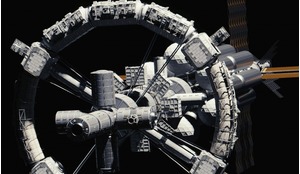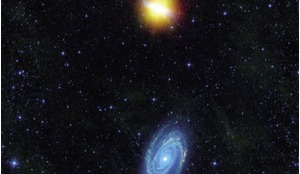Although space sustainability has been a topic of discussion among academics and technologists for decades, the importance of protecting Earth’s orbital environment and the expanding sphere of our domain has never been more topical. Mert Evirgen reviews the creation of a set of guidelines for sustainability and examines the issues in the context of space law.
The twenty-first century has seen a dramatic increase in the number of satellites placed into orbit, and the trend is set to increase with companies proposing satellite constellations of up to 42,000 satellites in low Earth orbit (LEO). This rapid increase in the infrastructure surrounding our planet comes at a time of increased reliance on the services that these satellites provide. This means that users of space need to consider the impact of their activities upon the unique and delicate orbital environment like never before.
To put the issue into context, since the start of human space exploration, approximately 9800 satellites have been launched, around 6700 are still in orbit and 3100 of these are currently active and operational. Significantly, the active orbital population has grown by more than 40 percent over the last four years with the development of the Starlink constellation.
Since the early days of the Space Age, we have witnessed an increasing awareness of the need to mitigate the result of humanity’s ecological impact and ever-growing presence in space, as illustrated by research into the orbital debris population by scientists such as Donald Kessler and subsequent discussion in works such as Mark Williamson’s 2006 book, Space: The Fragile Frontier.














